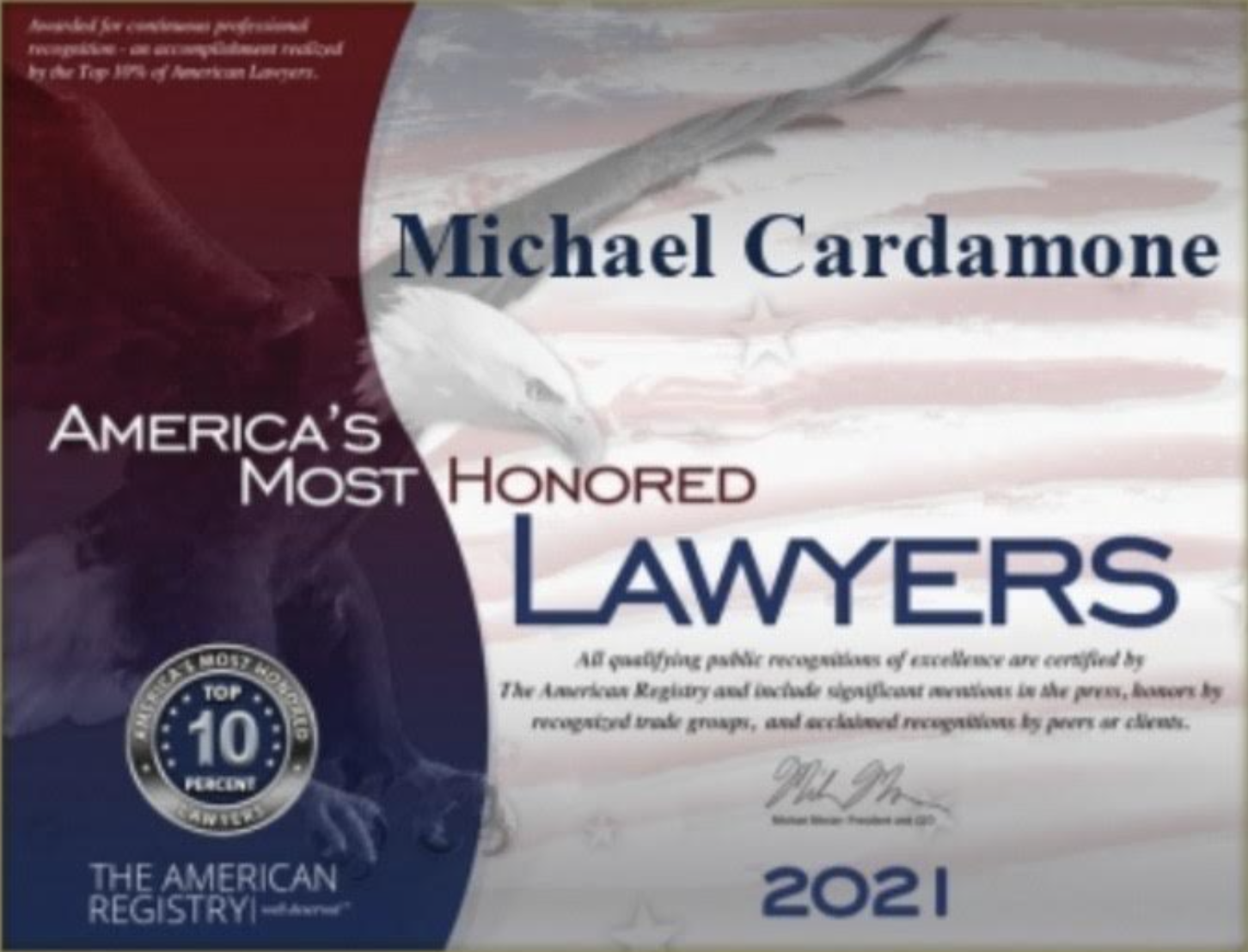The simply answer is: speak with an experienced Pennsylvania Work Comp Lawyer.
Once you are injured at work and give notice of your injury to your employer, the workers’ compensation carrier or third party administrator (which is like an insurance company but they don’t spend their own money) has 21 days to issue an acceptance of your claim, a temporary acceptance, or a denial. If your claim is accepted, the document you will receive is a Notice of Compensation Payable or a Temporary Notice of Compensation Payable. If you look at the upper left hand corner of the document, you will see a heading called “Injury Information“. Under that, there will be “Body part (s) affected” and “Type of injury” listed. Because it issued unilaterally and within a 21 day period (often, it’s much later than this but let’s be kind and assume the insurer does the right thing- hypothetically speaking), the injury is usually minimized. For example, with a back injury, we typically see “lumbar sprain/strain” as the description of the injury. In many cases, an injured worker finds out, after an MRI or EMG study, that her injury is more severe. But the insurer or TPA can point to the Notice of Compensation Payable- which is the controlling document until challenged successfully in court, and deny medical bills that cover treatment for diagnoses other than a “sprain” or “strain”.
It is this very dynamic that causes an enormous amount of litigation in Pennsylvania Workers’ Compensation cases. Think about it- if the injury is labeled a “strain”, it will be much easier for a panel doctor or “Independent Medical Examiner” (we all know they are hand picked and not “independent”) to conclude the injured worker is fully recovered. Likewise, if the employer makes a job offer to an injured worker, under the pretense that the injury was a minor strain or sprain, the judge is more likely to believe the job is within the physical capabilities of the injured worker. Or, if an insurer denies a medical bill for treatment which calls the injury “lumbar radiculopathy“, it will have a leg to stand on if the NCP says the injury was merely a strain or sprain.
The way to stave off some or all of these circumstances is to hire a PA Work Comp Lawyer and have him or her file a Petition to Review to challenge the injury description. The litigation is expensive and sometimes lasts for six to twelve months (in my office, we cover all the costs so our clients pay nothing), but if the description of the injury is successfully challenged, the value of the case is enhanced- sometimes dramatically.
It may not seem fair that the employer/insurer/tpa can unilaterally decide what to call the injury. But this is the law in Pennsylvania. In some cases, the insurer will pay for treatment even if the diagnoses do not correlate 100%. But many injured workers get lulled into a false sense of security only to later be confronted with multiple petitions which are all grounded in the notion that the injury was a mere contusion or strain versus something more insidious such as a fracture or herniation.
The decision whether to forge ahead and challenge the description of injury is one that should be discussed with a PA Work Comp Attorney. There can also be Medicare implications too when settlement is discussed.
For more information about Notice of Compensation Payables, injury description, or Pennsylvania Workers’ Compensation in general, call or email Michael Cardamone at 215-206-9068 or Michael@cardamonelaw.com for a free consult.
Pennsylvania Work Comp Attorney
The Cardamone Law Firm
The Firm For Injured Workers In Pennsylvania
















